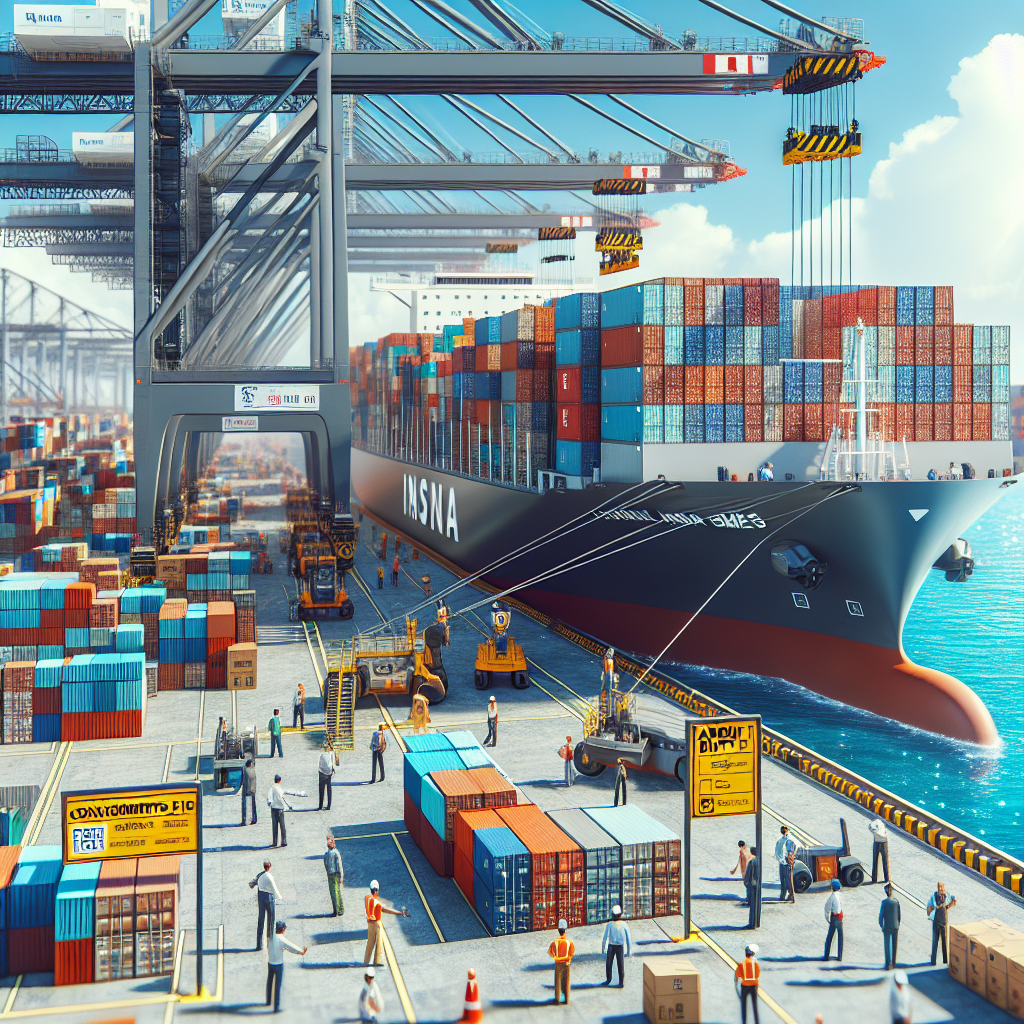The introduction of tariffs by the United States has ripple effects far beyond headline trade figures. For India’s vast SME sector — a backbone of employment, manufacturing and exports — these policy shifts create both immediate shocks and longer-term strategic imperatives. This analysis unpacks the practical impact of US tariffs on Indian SMEs, and outlines pragmatic responses business leaders and policymakers should prioritise.
1. Executive summary
US tariff measures raise the cost of accessing that market and can reduce demand for affected products. Indian SMEs experience this as reduced orders, margin pressure, higher compliance burdens and the need for rapid operational adjustments. At the same time, tariffs create opportunities for re-orientation toward new markets, product upgrading and domestic demand capture — provided SMEs act decisively and with support.

2. How tariffs hit SMEs — the transmission channels
2.1 Export demand shock
Tariffs make Indian exports less price-competitive in the US. For SMEs that rely on a narrow product range and a small set of overseas buyers, this often translates into cancelled or deferred orders, inventory build-up and cash-flow stress.
2.2 Margin compression and cost passthrough
To maintain volumes some exporters may absorb tariff-related costs, squeezing margins. Others attempt to pass costs to buyers, risking demand loss. SMEs with limited pricing power and thin working capital reserves are particularly vulnerable.
2.3 Input and supply-chain disruptions
Tariffs often trigger supply-chain reconfigurations — sourcing shifts, longer lead times and compliance checks. Suppliers of intermediate goods face volatility, and smaller firms with single-source dependencies can be disproportionately affected.
2.4 Compliance, documentation and non-tariff barriers
Tariff changes are frequently accompanied by stricter documentation and customs scrutiny. SMEs must invest time and money to upgrade compliance capabilities — an overhead many are ill-prepared for.

3. Sectoral and firm-level differences
3.1 Export-oriented manufacturers
Small exporters of textiles, leather goods, light engineering and certain niche manufactured products feel the immediate impact most strongly. Their resilience depends on product differentiation, ability to shift buyers, and access to finance for working capital.
3.2 Service and domestic-focused SMEs
SMEs serving the domestic market are indirectly affected through currency, input-cost and demand dynamics. Some may benefit if buyers substitute imported US products with local alternatives — presenting a domestic growth opportunity.
3.3 SMEs in integrated value chains
Firms embedded in value chains that include US-linked buyers will feel knock-on effects even if they do not export directly. Reduced exports upstream can reduce procurement and production downstream.
4. Immediate business implications
- Short-term cash-flow strain from delayed or cancelled orders.
- Increased working capital needs to carry inventory or finance new supplier terms.
- Pressure to reprice products or accept lower margins.
- Need to invest in compliance, digital documentation and logistics alternatives.
5. Policy, finance and ecosystem responses
5.1 Government interventions that matter
Targeted measures can blunt the worst effects: export incentives, faster refunds of duties, easier access to trade finance, and credit guarantees for working capital. Skillful negotiation and market access diplomacy can also reduce friction for priority sectors.
5.2 Financial instruments and support
SMEs should explore trade credit, invoice discounting, export factoring and government-backed loan schemes. Financial intermediaries can design short-tenor facilities to manage temporary order disruptions.
5.3 Trade facilitation and digitalisation
Streamlining customs processes, digitising documentation and adopting e-invoicing reduces compliance costs and delays. SMEs that incorporate digital trade tools will gain resilience against tariff-related frictions.
6. Strategic moves for SME leaders
SME owners should prioritise near-term stability and medium-term strategic repositioning. Key actions include:
- Market diversification — identify alternative export markets (EU, Middle East, ASEAN, Africa) and strengthen domestic distribution channels to reduce US-dependence.
- Product and value-upgrading — move from price-led offerings to differentiated, higher-value products or bundled services that are less tariff-sensitive.
- Cost optimisation — renegotiate supplier contracts, consolidate shipments, and seek preferential sourcing to protect margins.
- Strengthen buyer relationships — offer flexible terms, joint product development or localized packaging to retain key customers.
- Pool resources — SMEs can form export consortia or clusters to share compliance, logistics and marketing costs, improving bargaining power.
- Access working capital — proactively engage banks and government schemes for bridging finance while opportunities are pursued.
7. A practical checklist for the next 90 days
- Map your exposure: quantify orders, revenue and supplier links tied to the US market.
- Run scenario stress-tests: forecast cash-flow under reduced demand and increased costs.
- Engage buyers: renegotiate lead times, minimum order quantities and pricing where feasible.
- Secure finance: approach banks, NBFCs and government programmes for short-term facilities.
- Begin market scouting: shortlist 2–3 alternative markets and assess regulatory requirements.
- Form partnerships: identify local industry peers for pooled logistics or joint marketing.
8. Longer term: building tariff-resilient SMEs
Tariff cycles are an enduring feature of geopolitical trade. Indian SMEs that invest in capabilities — digital processes, product innovation, export know-how and diversified customer bases — will not only survive tariff shocks but can gain market share as less agile competitors falter.
9. Conclusion
US tariff actions are a disruptive test for Indian SMEs. The impact is real — in lost orders, squeezed margins and compliance burdens — but it is also a catalyst for change. With timely financial support, nimble management, and coordinated policy measures, SMEs can mitigate near-term pain and reposition for sustained growth. Business leaders should treat this as both a risk management challenge and an opportunity to strengthen fundamentals for a more resilient future.
If you would like a tailored impact assessment for your business — including an exposure map, cash-flow scenarios and a market diversification plan — contact our advisory team to begin a 30-day recovery and repositioning roadmap.


